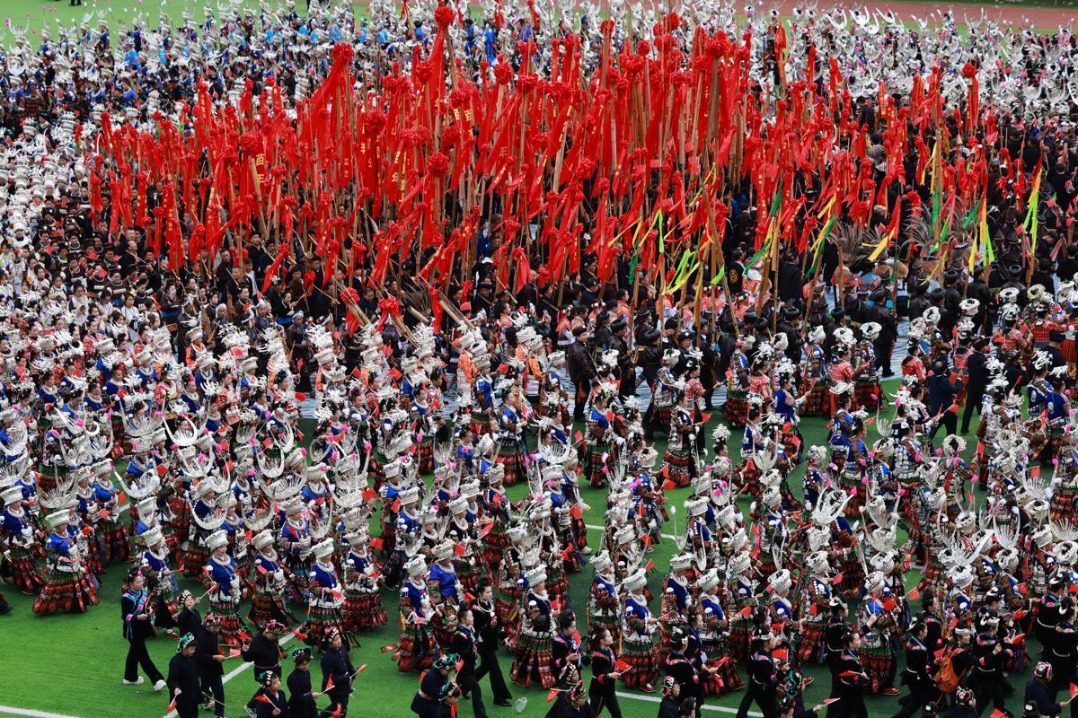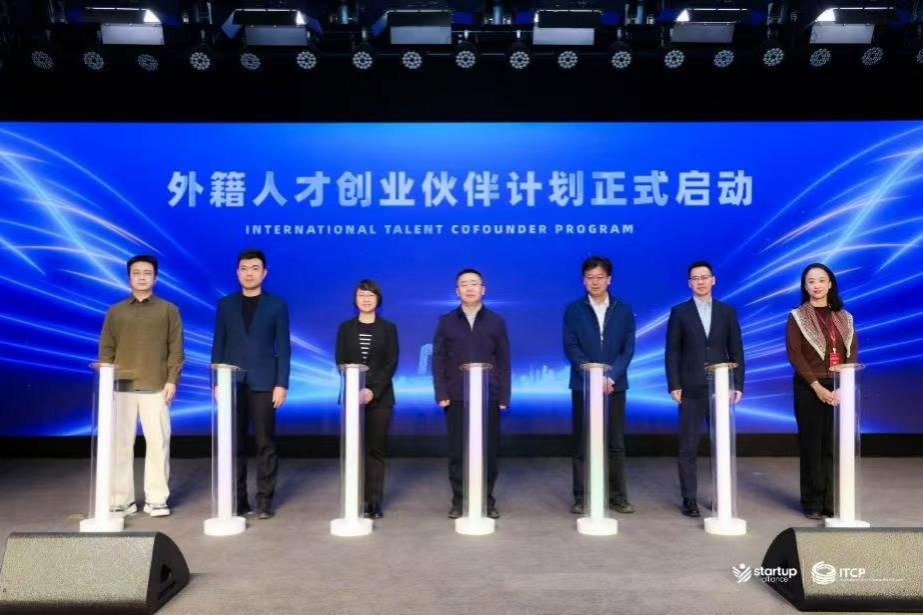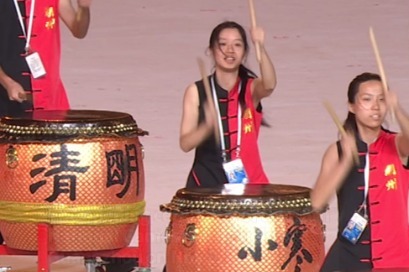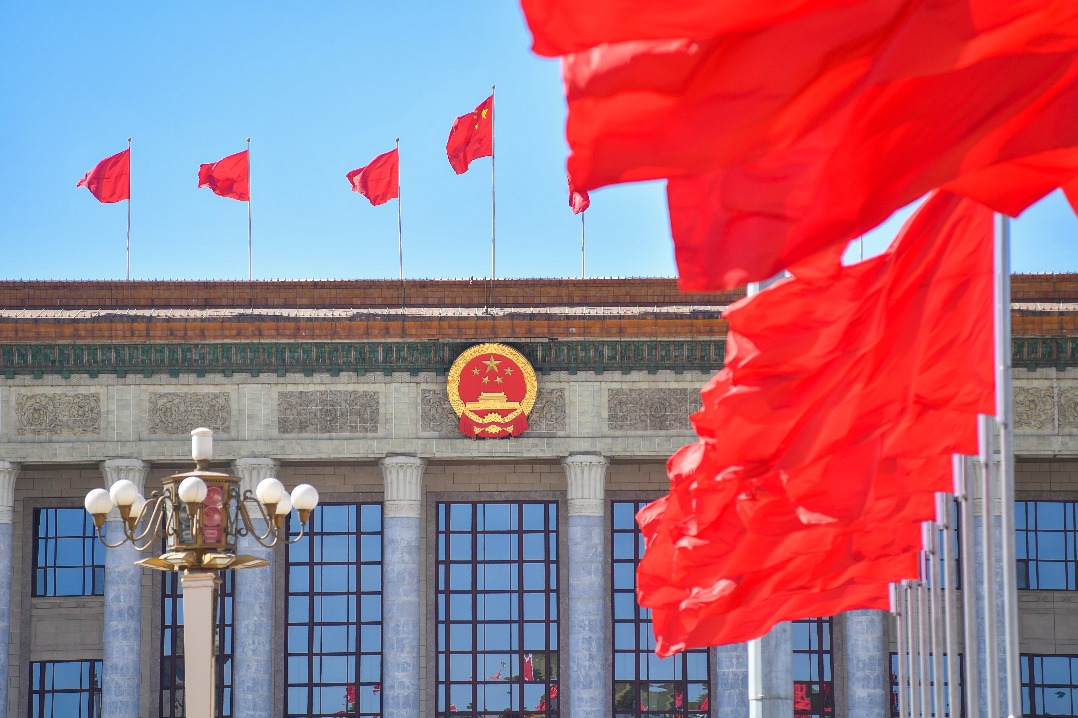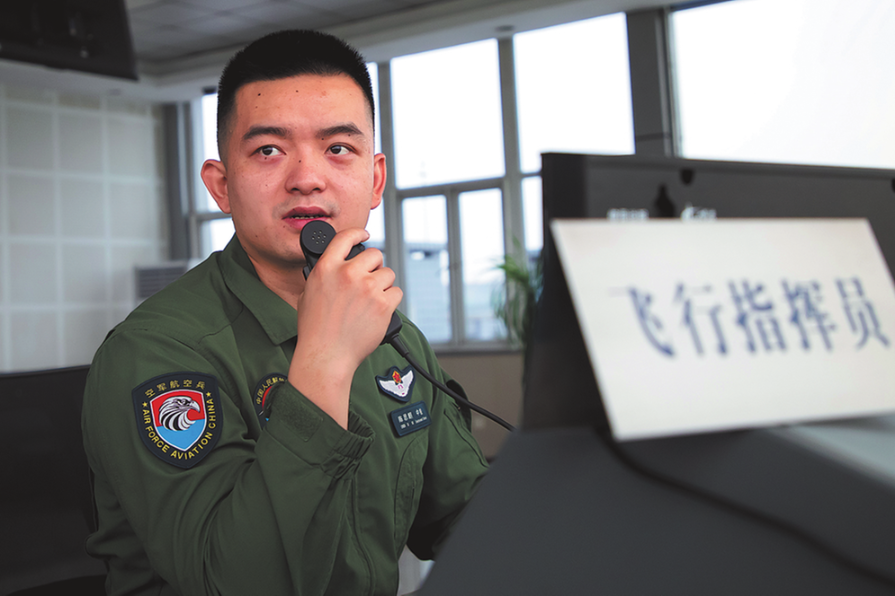China lifts national pride with space program's achievements

Editor's note: To celebrate the 100th anniversary of the founding of the Communist Party of China, China Daily is publishing a series of stories on the changes and developments in various fields and industries.
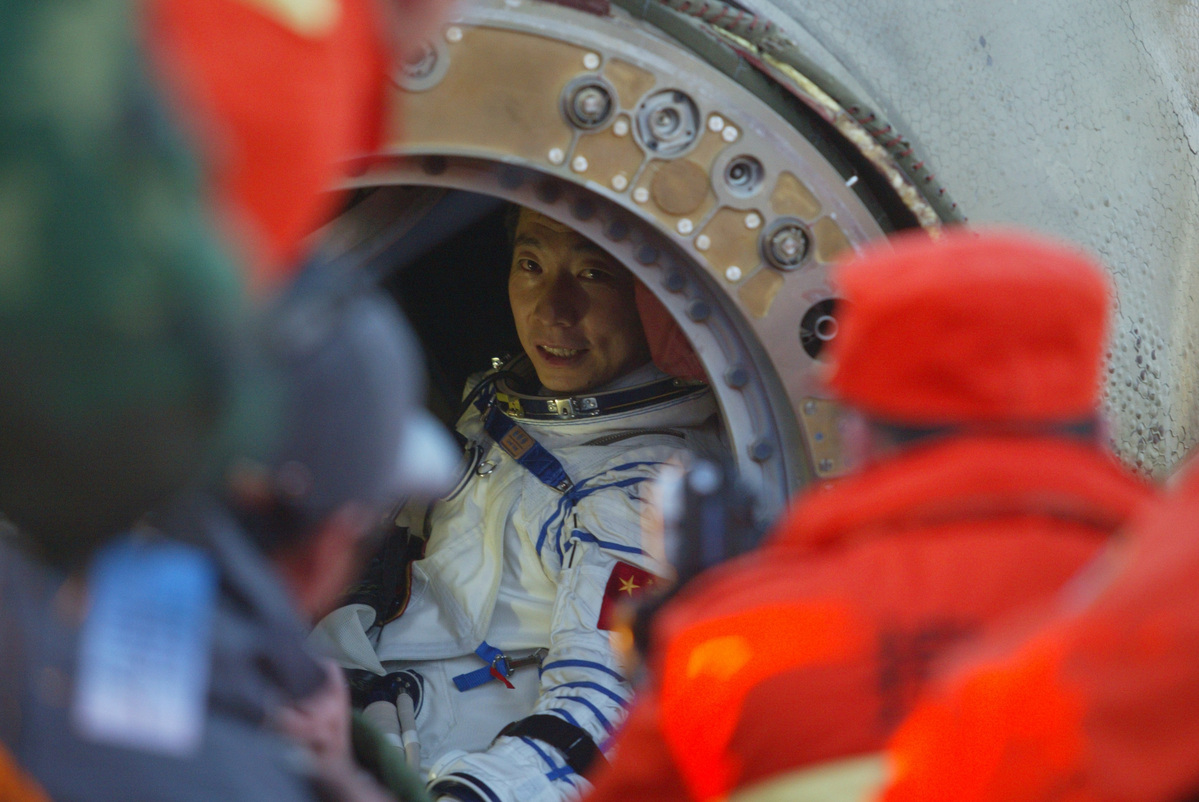
Three astronauts prepare to enter station's core module, becoming first occupants and preparing for next steps
China plans to conduct its latest manned spaceflight in June, sending three astronauts to enter the recently launched core module of the nation's space station and work there for three months, according to a senior space official.
Hao Chun, director of the China Manned Space Agency, said earlier this month that the astronauts on board the Shenzhou XII spacecraft will become the first occupants of the core module and will be tasked with undertaking preparation work for the next steps in the station's construction.
They have begun final training for the coming mission, he said, adding that other astronauts selected for future spaceflights are also receiving intensive training.
Before the Shenzhou XII mission, the Tianzhou 2 robotic cargo spacecraft is scheduled to be launched in late May to dock with the currently unmanned core module and then perform autonomous refueling and resupply operations, according to Hao.
The Tianzhou 2 was transported to the Wenchang Space Launch Center in Hainan province in mid-April, and the Shenzhou XII arrived in the Jiuquan Satellite Launch Center in northwestern China at the same time.
The official said that in September, the Tianzhou 3 cargo ship will be lifted to dock with the core module and the next month, another three-crew team will fly with the Shenzhou XIII to the module to stay there for six months.
In 2022, two large space labs will be launched to connect with the core module. Moreover, two manned missions and two robotic cargo flights will be made that year to continue construction of the Chinese space station, which is scheduled to become complete and start formal operation around the end of next year.
China's most adventurous space endeavor, the multimodule space station, named Tiangong, or Heavenly Palace, will consist of three main components-a core module attached to two space labs-with a combined weight of nearly 70 metric tons. The entire station is set to work for about 15 years, mission planners have said.
The core module, named Tianhe, or Harmony of Heavens, was lifted by a Long March 5B heavy-lift carrier rocket at the Wenchang launch center on April 29.
The biggest and heaviest spacecraft China has ever constructed, the module is 16.6 meters long and has a diameter of 4.2 meters. The craft's weight, at 22.5 tons, is equal to the combined weight of 15 standard-size automobiles. It has three parts-a connecting section, a life-support and control section and a resources section.
The capsule will be central to the Tiangong station's future operations, given that astronauts will live there and control the entire station from inside. It will also be used to host scientific and technological experiments.
Upon its completion, Tiangong will be manned regularly by groups of three astronauts in periods lasting several months. During handovers to new three-astronaut groups, the station will accommodate up to six astronauts.
The facility will be capable of docking with multiple crewed and cargo spaceships at the same time and will also be able to link with foreign spacecraft if they have a Chinese-standard docking hatch.
- Forum unites global experts to enhance city image communication
- Miao New Year celebrations get underway in Guizhou's Leishan county
- Mainland spokesman reiterates stand on Taiwan
- Fujian county's rural development becomes a big draw for Taiwan investors
- Nobel laureate in chemistry: Give young scientists more independence
- Are Asians really better at math?

















